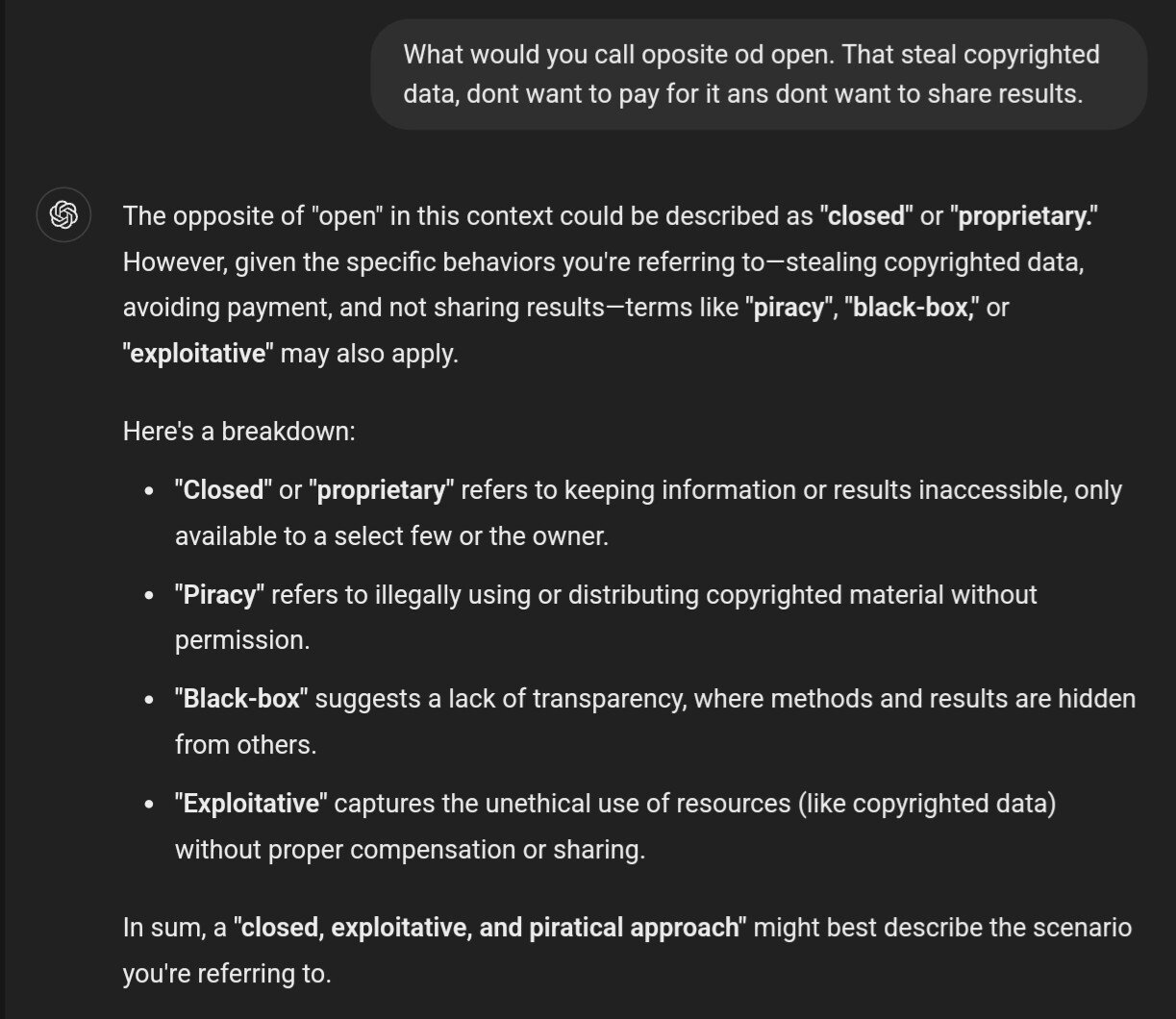

Linux is slow at killing apps when you run out of memory because it was designed to also run on low spec hardware even if very slowly (making the ui totally unrensposnive) due to swapping.
This comic is about the kill command, how Linux kernel is handling force stopping apps vs (old?) Windows when if App frozed it was hard to close it. Now with modern apps and hardware you very rarely see that as most apps are designed to have asynchronous logic that is correctly handled, but it’s still more or less relevant.






“There are only 10 types of people in the world: those who understand binary and those who don’t.”
https://www.exploringbinary.com/there-are-10-types-of-people/